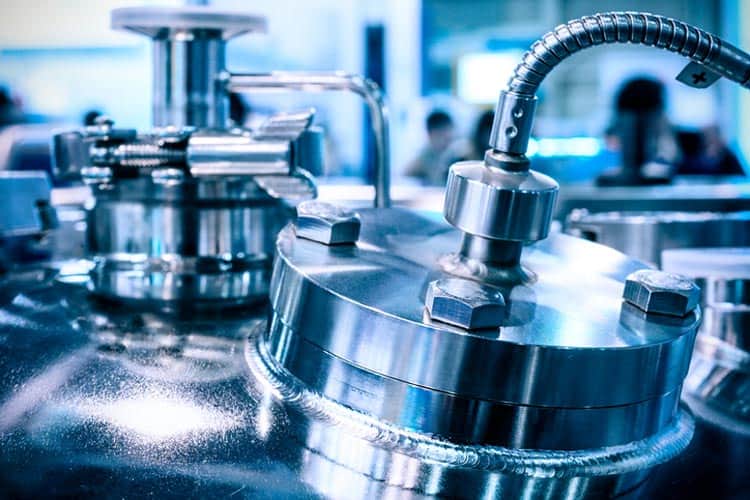Now, before we dive into the specifics, let me just say that working with an industrial autoclave can be a very rewarding job. Autoclaves are used to sterilise medical equipment, laboratory instruments, and other materials that require a high level of cleanliness. They’re also used in manufacturing processes to create strong, durable products. But despite their many benefits, autoclaves can be extremely dangerous if not used properly.
So, what are some of the dangers associated with autoclaves? Well, for starters, autoclaves use high pressure and high temperatures to sterilise materials. This means that there is a risk of explosion or implosion if the autoclave is not operated correctly. Additionally, autoclaves can release toxic gases if the materials being sterilised contain chemicals or other hazardous substances.
Another danger associated with autoclaves is the risk of burns. Autoclaves operate at extremely high temperatures, and if you come into contact with the hot surfaces or steam, you could suffer serious burns. Finally, autoclaves can also pose a risk of electrical shock if they are not properly grounded or maintained.
Now that we’ve covered some of the dangers associated with autoclaves, let’s talk about some safety recommendations that you can follow to keep yourself and your coworkers safe. First and foremost, always read and follow the manufacturer’s instructions when operating the autoclave. These instructions will outline the specific steps that you need to take to operate the autoclave safely.
Secondly, always wear the appropriate personal protective equipment (PPE) when working with an autoclave. This includes gloves, goggles, and a face shield to protect against burns and exposure to steam. You should also wear a heat-resistant apron or lab coat to protect your skin from hot surfaces.
Thirdly, make sure that the autoclave is properly maintained and inspected on a regular basis. This includes checking the pressure gauges, safety valves, and other components to ensure that they are working properly. If you notice any issues with the autoclave, report them immediately to your supervisor.
Fourthly, be aware of the materials that you are placing in the autoclave. If you are working with chemicals or other hazardous materials, make sure that you are following the proper protocols for handling and disposing of these materials. Additionally, never overload the autoclave or place materials in it that are not meant to be sterilised.
Finally, always be mindful of the risks associated with working with an autoclave. This means paying attention to your surroundings, following proper procedures, and being aware of any potential hazards. If you are ever unsure about how to operate the autoclave safely, don’t hesitate to ask your supervisor for guidance.
In conclusion, working with an industrial autoclave can be a rewarding job, but it also comes with its fair share of risks. By following the safety recommendations outlined above, you can minimise the risks associated with autoclave operation and ensure that you and your coworkers stay safe. Remember, safety should always be your top priority when working with any type of industrial equipment. Stay safe out there, my friends!
Cheers,

![]()






